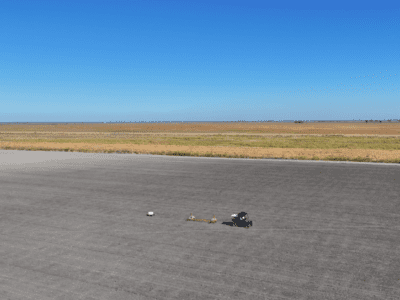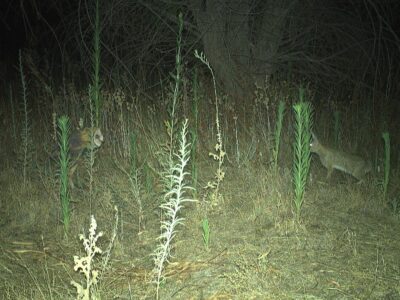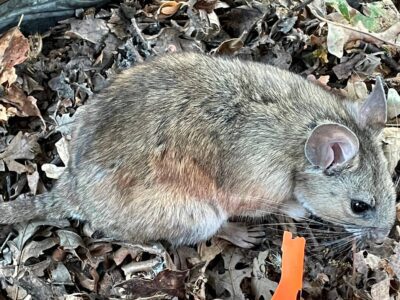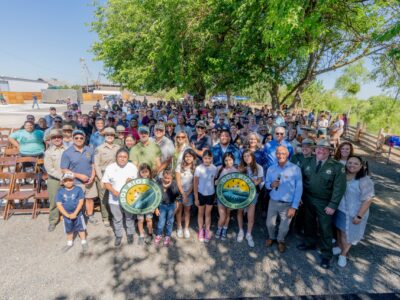- The largest dam removal in U.S. history is underway along the Klamath River near the California-Oregon border.
- Once complete, the restored flow of the river will reconnect more than 400 miles of habitat for critically imperiled salmon and other wildlife.
- Heritage Growers, River Partners’ nonprofit native-seed venture, is proud to support the historic effort to provide native plants and seeds to help renew the river.
In January’s icy temperatures, members of the Yurok Fisheries Department’s revegetation crew walk miles in knee-deep mud, smiling. In their hands are seeds—and a promise of renewal.
The seeds they scatter across more than 2,000 acres of moist, brown sediment revealed by water receding from reservoirs being drained to let the Klamath River run free will transform the barren landscape, breathing new life into the degraded river ecosystem.

“Our seeds are part of a legacy that I can leave behind,” said Onna Joseph, Yurok Tribe Restoration Technician in a video about the restoration process. “Our grandchildren will be able to see what we planted here.”
Seeding a Future for Salmon and People on the Klamath River
Built between 1918 and 1962, four aging hydroelectric dams—Iron Gate, Copco No. 1, Copco No. 2, and J.C. Boyle—on the Klamath River are coming down by the end of 2024. In September 2023, Copco No. 2, the smallest of the dams, was removed. In January 2024, reservoir draw down began for Iron Gate, Copco No. 1, and J.C. Boyle and will continue through the spring.
As the water recedes, the massive task of restoration lies ahead.
So far, over 10,000 white oak acorns have been planted and hundreds of pounds of a special blend of 20 native grasses, herbs, and flowering plants have been scattered by hand. Soon milkweed, poppies, sunflowers, lupines, grasses, and fescues will take root and carpet the banks of the freed Klamath River. Teams must work quickly to establish native vegetation, to ensure invasive species don’t gain a foothold as the combined 500 feet of dams are taken down and the four reservoirs slowly drain into the Klamath River.
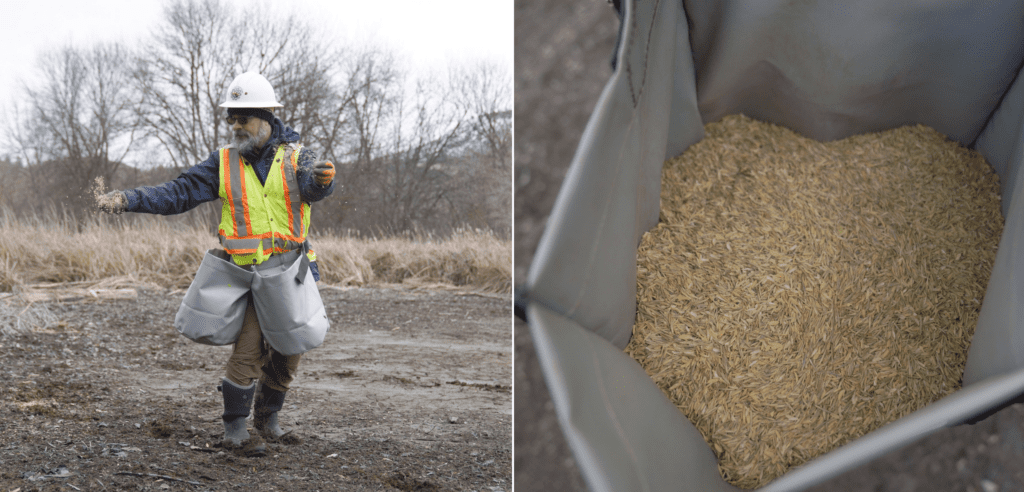
In total, approximately 17 billion seeds and 300,000 tree and shrub plugs representing 90 native plant species have been collected or cultivated as part of the dam removal and restoration process.
Heritage Growers Native Seed and Plant Supply, a nonprofit venture that River Partners launched in 2021, is proud to partner with Resource Environmental Solutions (RES), which is leading the overall Klamath River restoration effort, to grow over 40,000 plants and 1,500 pounds of locally adapted seed for the Klamath restoration. The seeds grown by Heritage Growers were provided by the Yurok Tribe, whose members started collecting seeds in the dam regions over five years ago in preparation for the monumental restoration ahead.
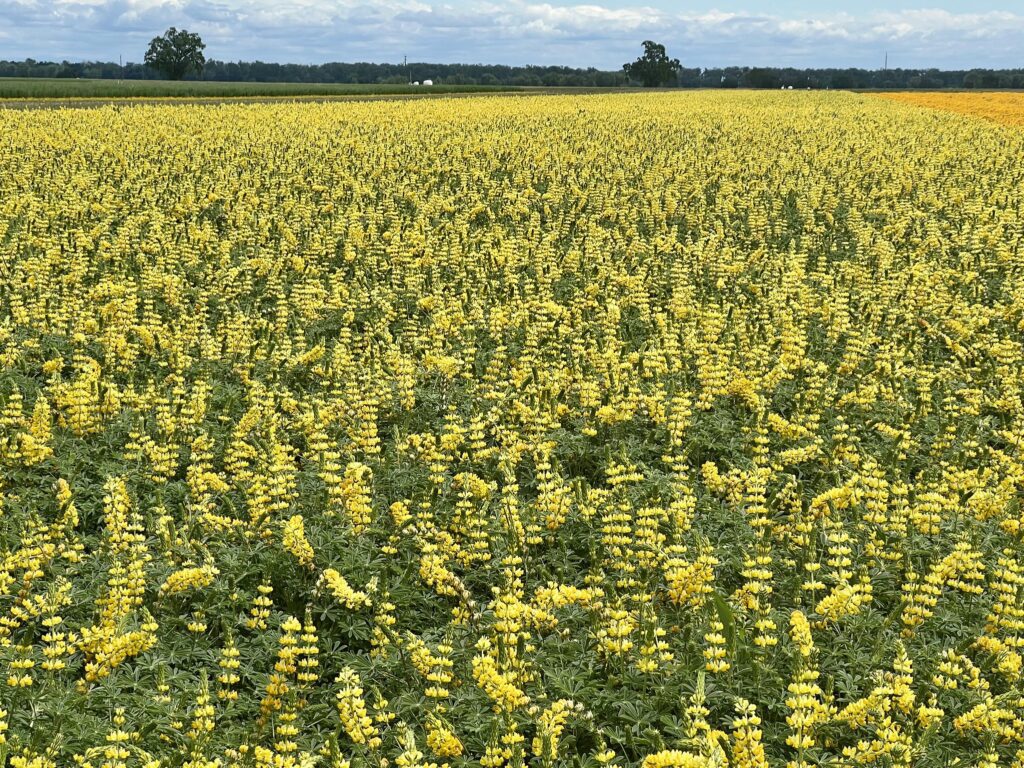
After the Yurok Tribe provided locally gathered seeds, Heritage Growers and other native seed farms across multiple states then grew them into thousands of pounds of seeds. Source-identified seeds are crucial for successful restoration, as they contain genetics that are locally adapted to the region being restored.
“It’s really cool to see the years of detailed planning that go into these efforts,” says Heritage Growers General Manager Pat Reynolds. “Working with RES and the Yurok Tribe, the focus has always been on establishing the best possible habitat and they’ve provided the stock seed needed. It’s not an easy task, but this partnership exemplifies the best practices of native habitat restoration today, and we’re proud to play a role in that.”
The massive task of restoration is just beginning. With every seed sown, the Klamath River, the salmon, and the future of the Native people who depend on the river’s vitality are being restored.
About the Klamath River Renewal Project
The Klamath was once the third largest salmon producing river on the West Coast, a renewable resource carefully stewarded by the Native peoples who depend on the river for life. Starting in the early 1900s, seven hydroelectric dams erected on the river blocked salmon from returning to the upper reaches of their habitat. In 2002, an estimated 70,000 adult salmon died in a catastrophic fish kill due to low flow from Iron Gate Dam. This catastrophe eventually fueled an agreement to remove lower four dams—Iron Gate, Copco No. 1, Copco No. 2, and J.C. Boyle—on the Klamath River and restore a future for the Yurok and other Native peoples of the basin.
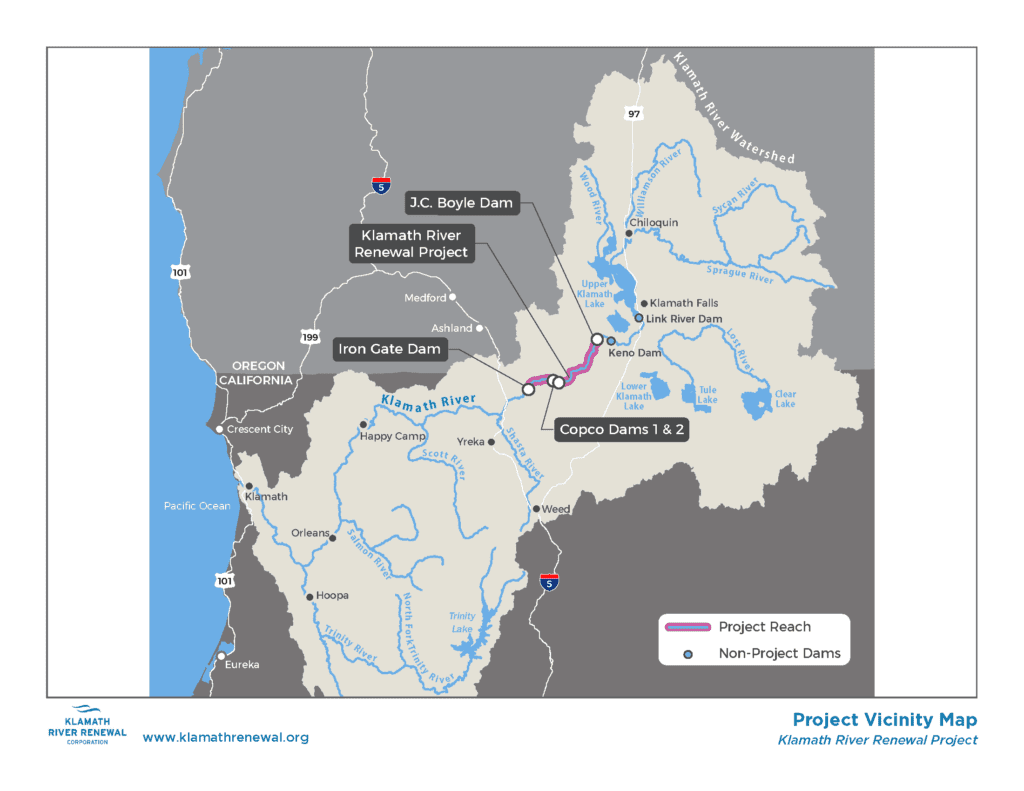
The four aging dams near the California-Oregon border will be removed by the end of this year, restoring the natural flow of the river for the first time in over a century, reconnecting more than 400 miles of river habitat for critically imperiled salmon and other wildlife populations.
Banner photo: Yurok Fisheries Department Revegetation crew member Spe-gi Vigil spreads native seeds in newly exposed earth behind the Iron Gate Reservoir in January as part of the Klamath River Renewal. About 2,000 acres of land recently underwater will be seeded in the coming weeks. Matt Mais/Yurok Tribe

